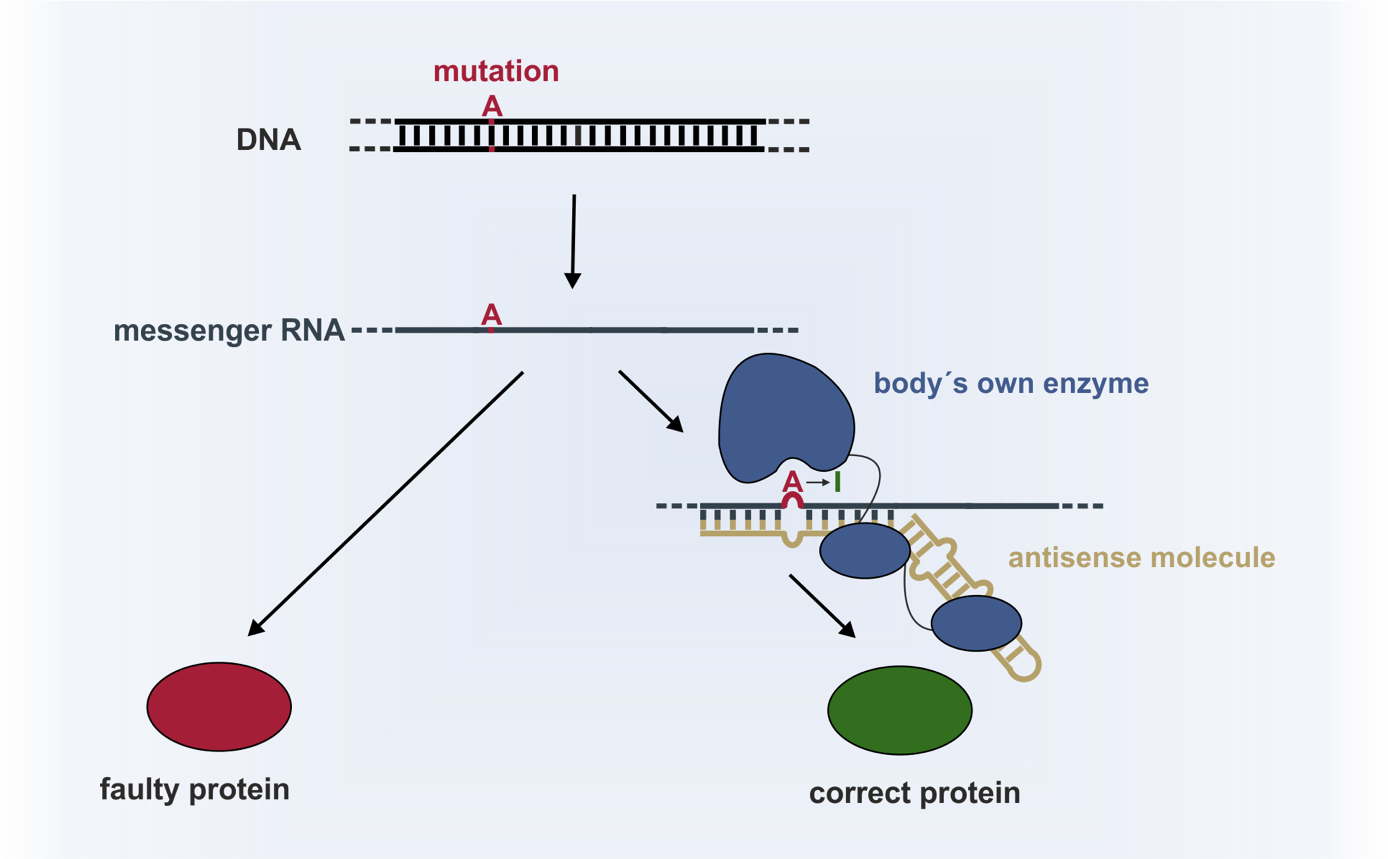RNA Base Editing
Site-directed RNA base editing is a novel approach for reprogramming genetic information. It employs adenosine-to-inosine deamination to introduce – in a very precise and programmable way – point mutations at the RNA level. Our lab has contributed pioneering work to the field by engineering the first programmable RNA base editor (Stafforst et al., Angew. Chem. 2012). Within the GRTC, we focus mainly on the harnessing of the endogenous ADAR proteins for therapeutic purposes. For this, we recently established two different approaches. One approach applies chemically defined and manufactured so-called RESTORE antisense oligonucleotides and will be optimized for eye and liver indications (Merkle et al., Nature Biotech. 2019). The other approach applies virally delivered, so-called CLUSTER guide RNAs, which will be optimized for CNS indications (Reautschnig et al., Nature Biotech 2022). The work is supported by local and international collaborations and generous third-party funding.


